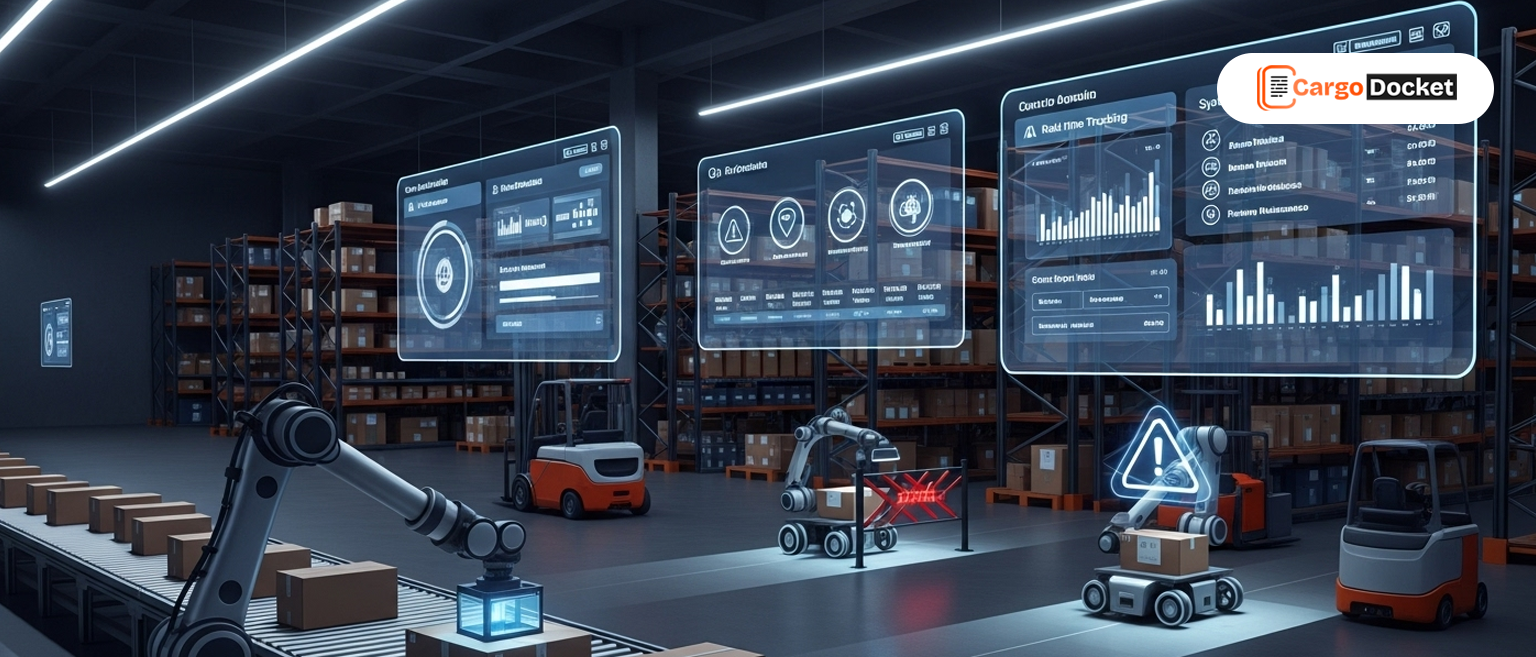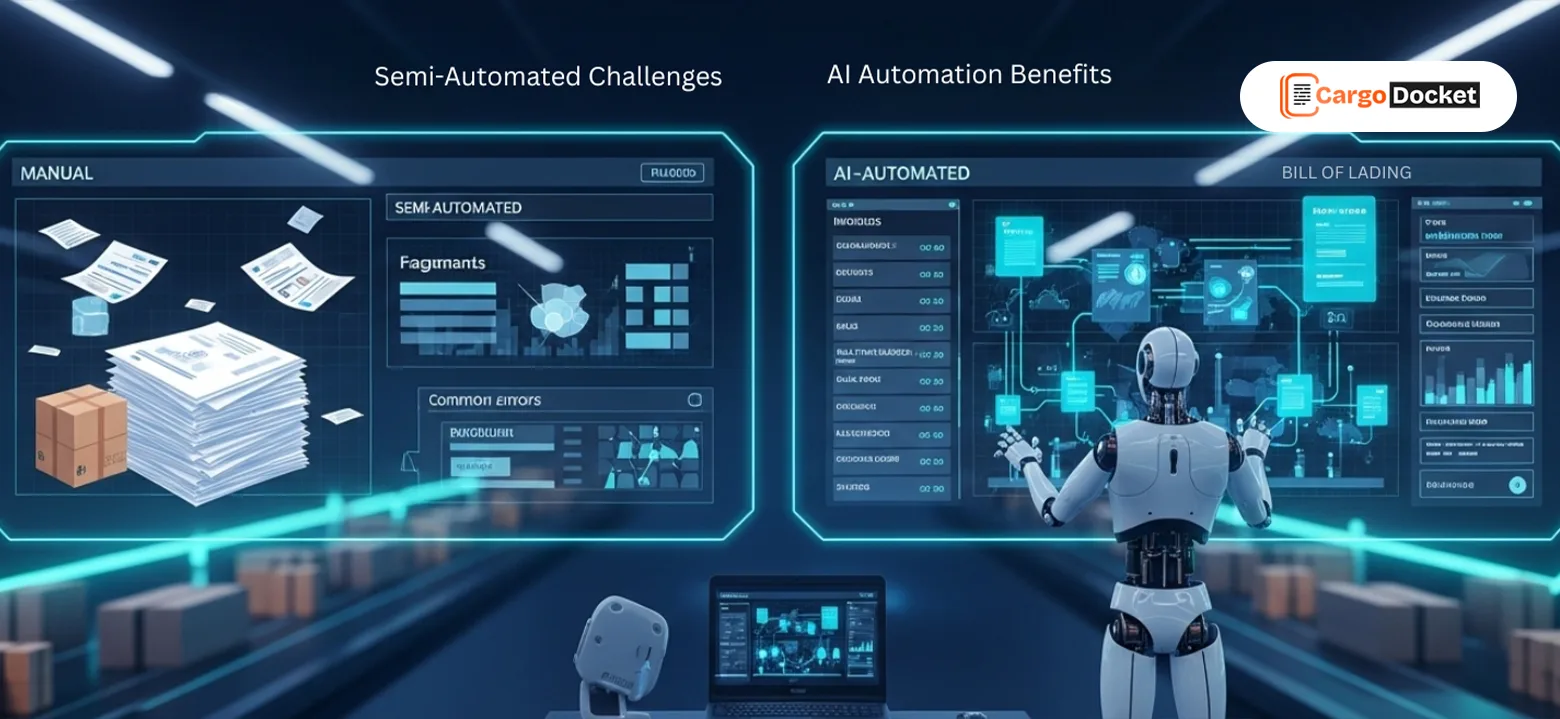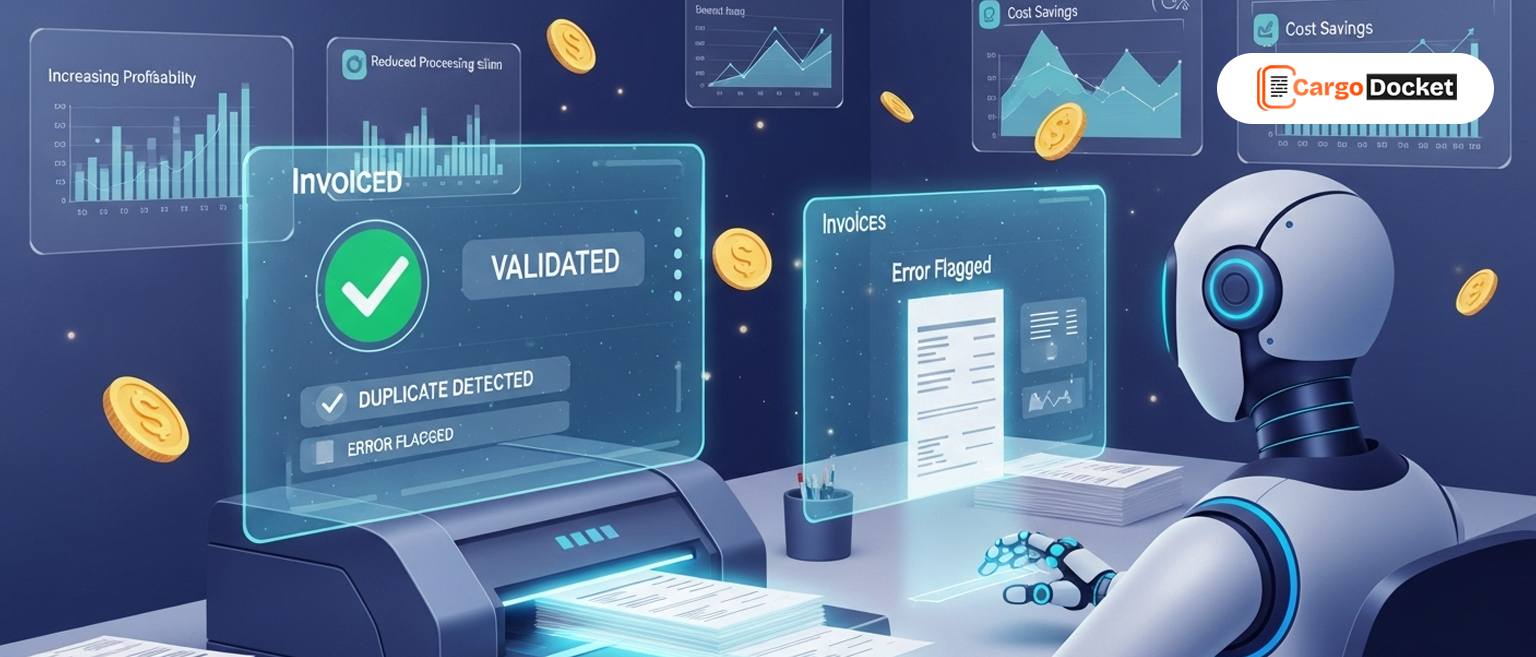Logistics automation sounds like a dream, faster operations, fewer errors, and smarter decisions. But in real-world scenarios, automating logistics processes often comes with its own set of challenges. From system integration headaches to workforce resistance, these roadblocks can stall even the most well-intended automation projects.
Let’s break down the most common challenges logistics companies face when trying to automate their operations, and more importantly, how to overcome them in a practical and scalable way.
Why is Logistics Automation So Difficult?
Automating logistics isn’t as easy as flipping a switch. It’s a transformation that affects your people, your systems, and your workflows.
So, what usually goes wrong?
- Legacy system limitations – Many companies rely on outdated ERPs or WMS systems that don’t easily connect with modern automation tools.
- High implementation costs – Robots, automation software, and integrations often require upfront investment.
- Lack of in-house expertise – Your operations team may not have experience with automation tools, data workflows, or AI.
- Process inconsistency – If your current logistics process isn’t standardized, automation may fail to handle edge cases or exceptions.
- Employee resistance – Fear of job loss or workflow changes can cause pushback from warehouse and back-office teams.
- Poor data quality – Automation is only as good as your data. Inaccurate, duplicate, or missing information can cause system errors or failures.
These issues may seem overwhelming, but they’re not impossible to fix.
What are the Real-World Impacts of These Challenges?
Companies that don’t address these automation issues often face:
- Frequent system downtime due to integration gaps or technical errors
- Delayed shipments and lost revenue caused by mismatched data
- Increased vendor and customer complaints
- Wasted money on unused or misaligned tech investments
- High employee turnover due to unclear processes or job uncertainty
That’s why understanding and validating your automation challenges is critical before scaling up.
What are the Most Common Challenges and How Do They Appear?
Let’s take a closer look at a few challenges and what they look like in day-to-day operations:
1. Integration Issues
You implement an automated invoice processing tool, but it doesn’t sync correctly with your existing CargoWise or any other ERP system. This results in double entries and frustrated accounting staff.
2. High Upfront Costs
You invest in warehouse robotics, but deployment gets delayed due to layout issues and custom development, blowing your budget.
3. Inconsistent Processes
One warehouse uses different SKU naming conventions from another. Your automation engine gets confused and flags errors in order picking.
4. Staff Pushback
Your back-office staff is reluctant to use new automation software because they think it will replace their jobs. Adoption stalls, and the ROI never arrives.
These situations aren’t rare, they’re more common than most companies like to admit.
How Can You Overcome These Challenges?
Here’s how smart companies turn these challenges into growth opportunities:
1. Start with a Workflow Audit
Map your current logistics and back-office processes. Identify bottlenecks, duplication, and manual touchpoints. This helps you prioritize which areas need automation first.
2. Pick Flexible, Scalable Tools
Look for automation platforms that integrate easily with existing systems like CargoWise. Choose tools with APIs, plug-ins, and built-in compatibility to avoid tech silos.
3. Begin with an Initial Project
Don’t automate everything at once. Start with a small process like accounts payable automation or shipment status updates. Track KPIs like time saved, error rates, and user satisfaction.
4. Train Your Teams Early
Involve your employees in testing and feedback. Provide training and position automation as a tool to help, not replace, them. This builds trust and boosts adoption.
5. Use Clean, Structured Data
Before automating, clean up your databases. Standardize naming conventions, validate records, and eliminate duplicates. Good automation needs good data.
6. Set Clear Metrics and Monitor Performance
Use dashboards and reporting tools to measure the impact of automation. This helps you track ROI and identify areas for improvement.
What Should You Do Next?
If you’re ready to embrace logistics automation but don’t know where to begin, here’s your next move:
- Step 1: Choose one high-impact area (e.g., order entry, AP invoicing, or warehouse picking).
- Step 2: Partner with a solution provider experienced in logistics and CargoWise integrations.
- Step 3: Build a small proof-of-concept project and monitor results for 30–60 days.
- Step 4: Scale up based on what works, and adjust what doesn’t.
Remember, automation is not a one-time project, it’s a continuous improvement journey.
Conclusion
The challenges are real, but the long-term value is even more significant. By taking a phased, practical approach to automation, logistics companies can reduce errors, lower costs, and deliver a better experience to both customers and employees.
The key is not to rush it. Start small, focus on real problems, and build a culture that embraces innovation with clarity, not fear.
Want to automate smarter, not harder? At CargoDocket, we help logistics teams like yours overcome automation challenges with pre-built, fully managed solutions that work smoothly. Reach out now and let’s design a roadmap tailored to your business.



